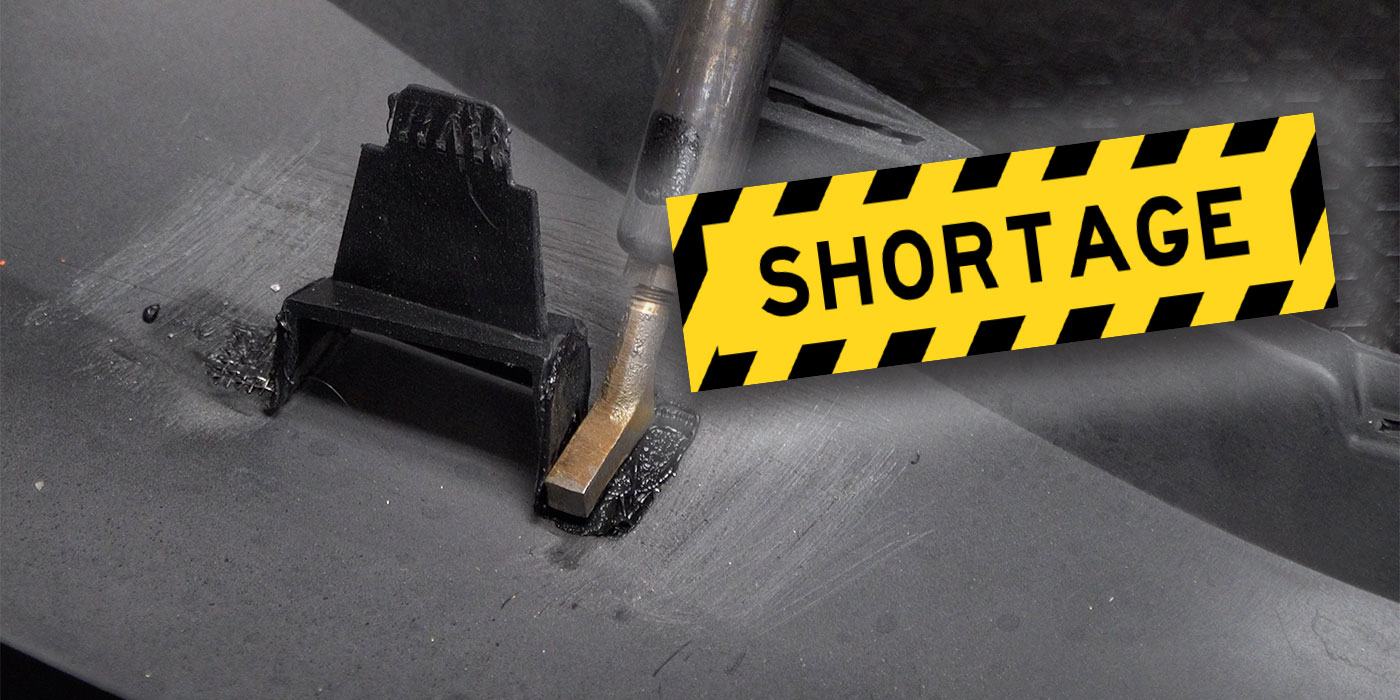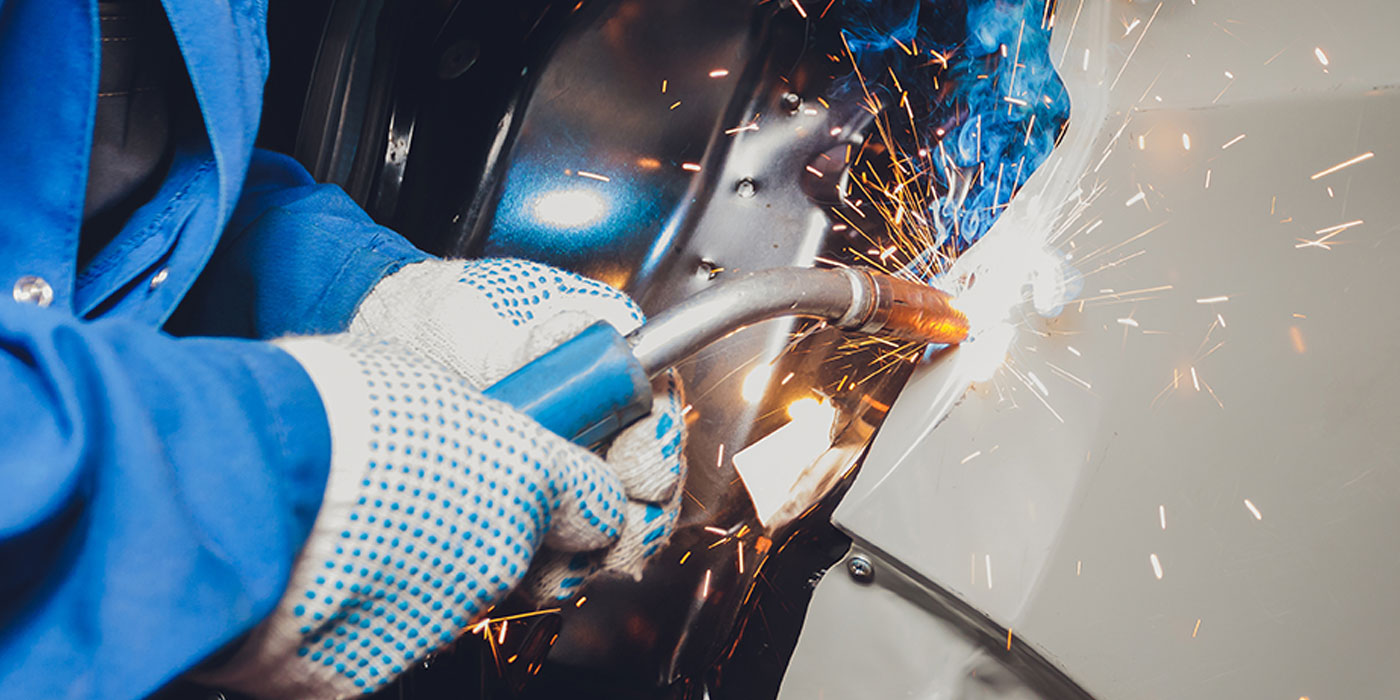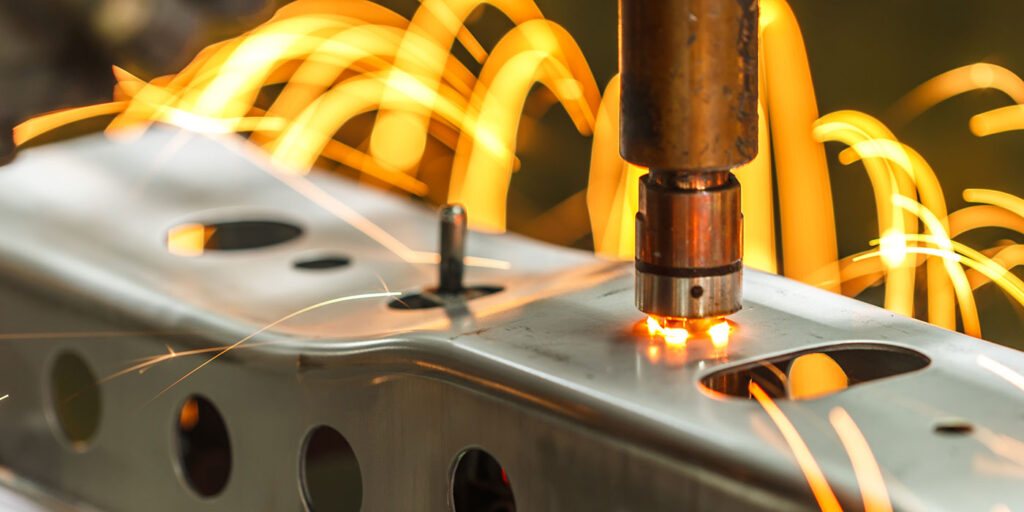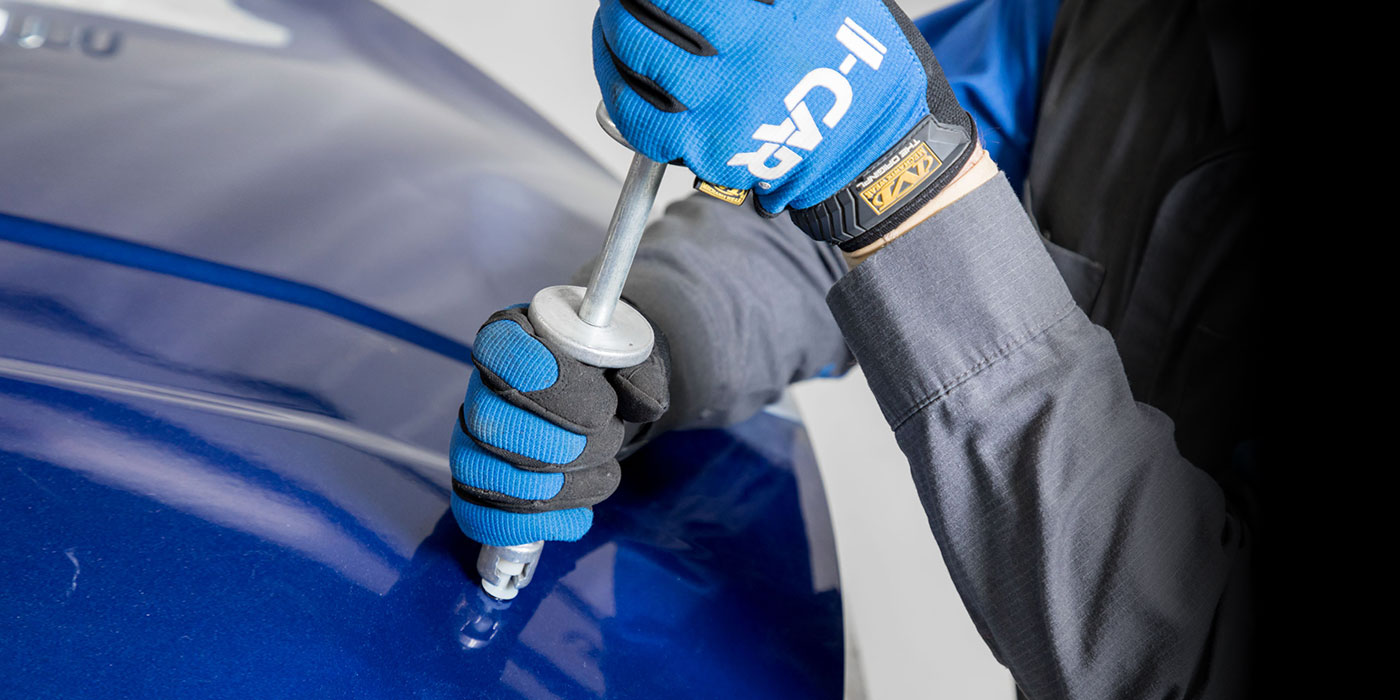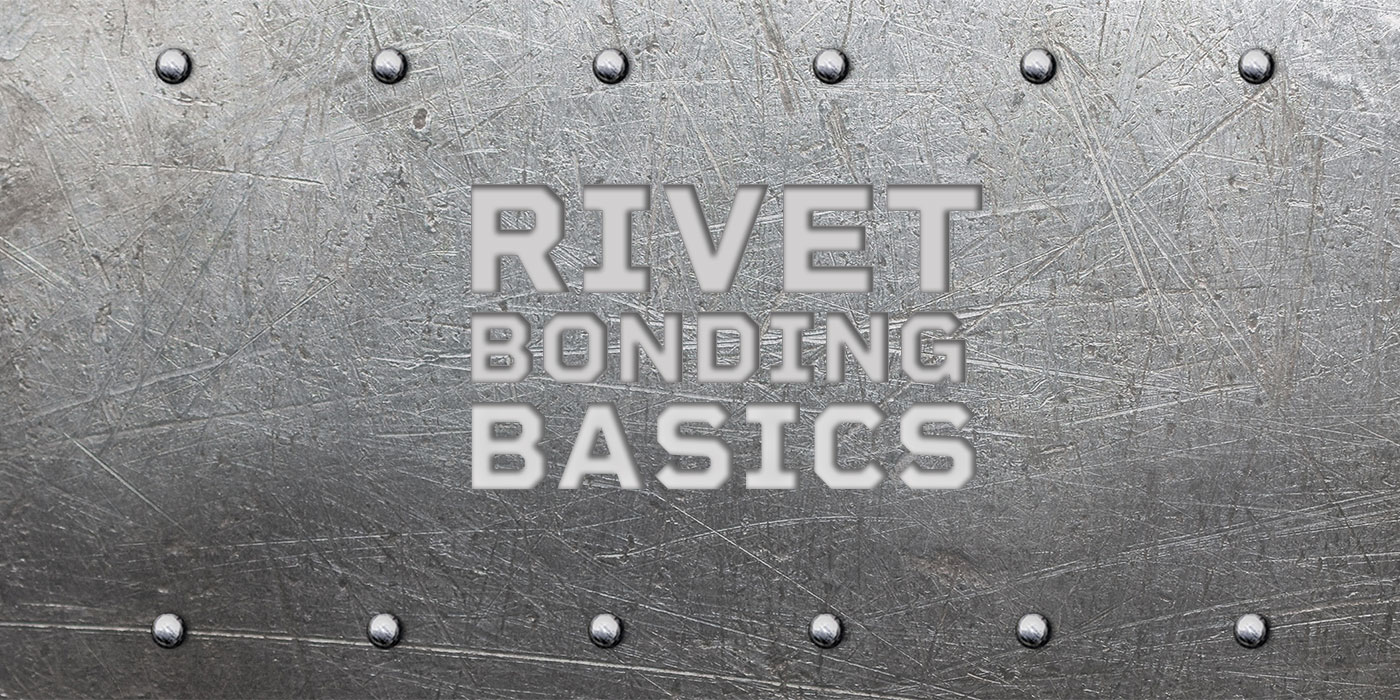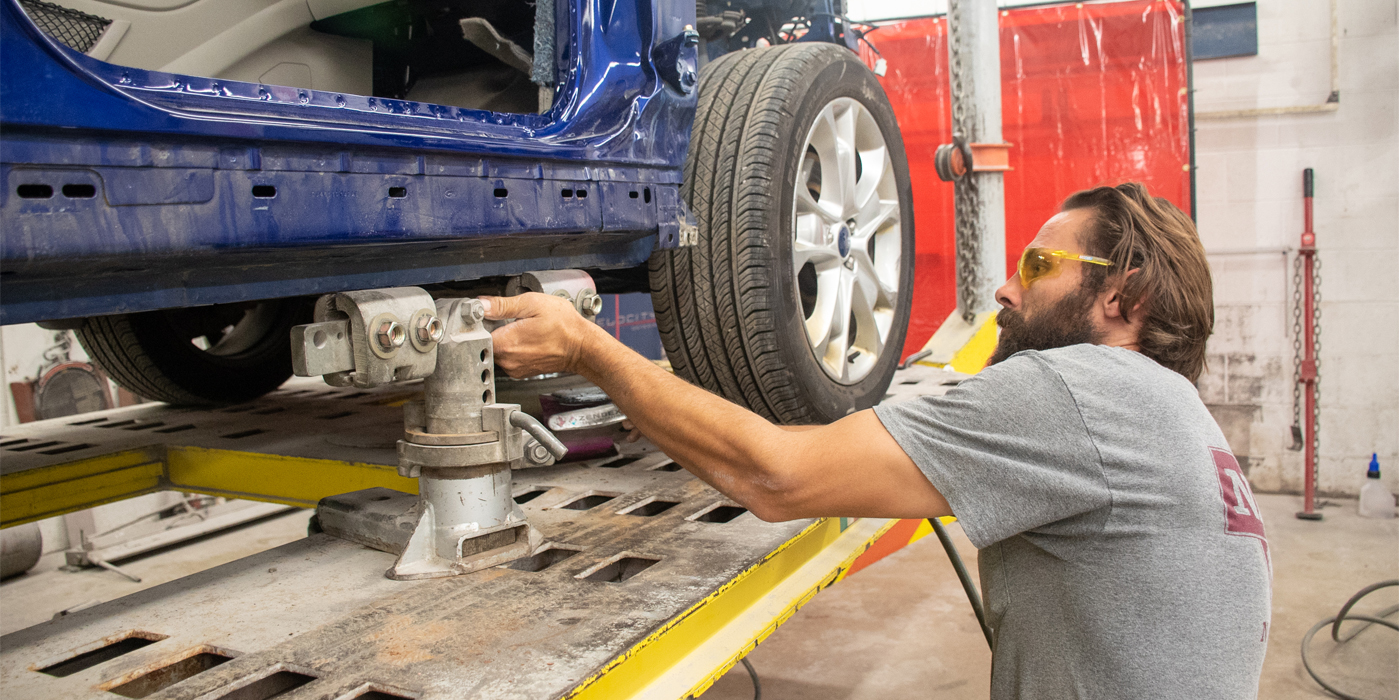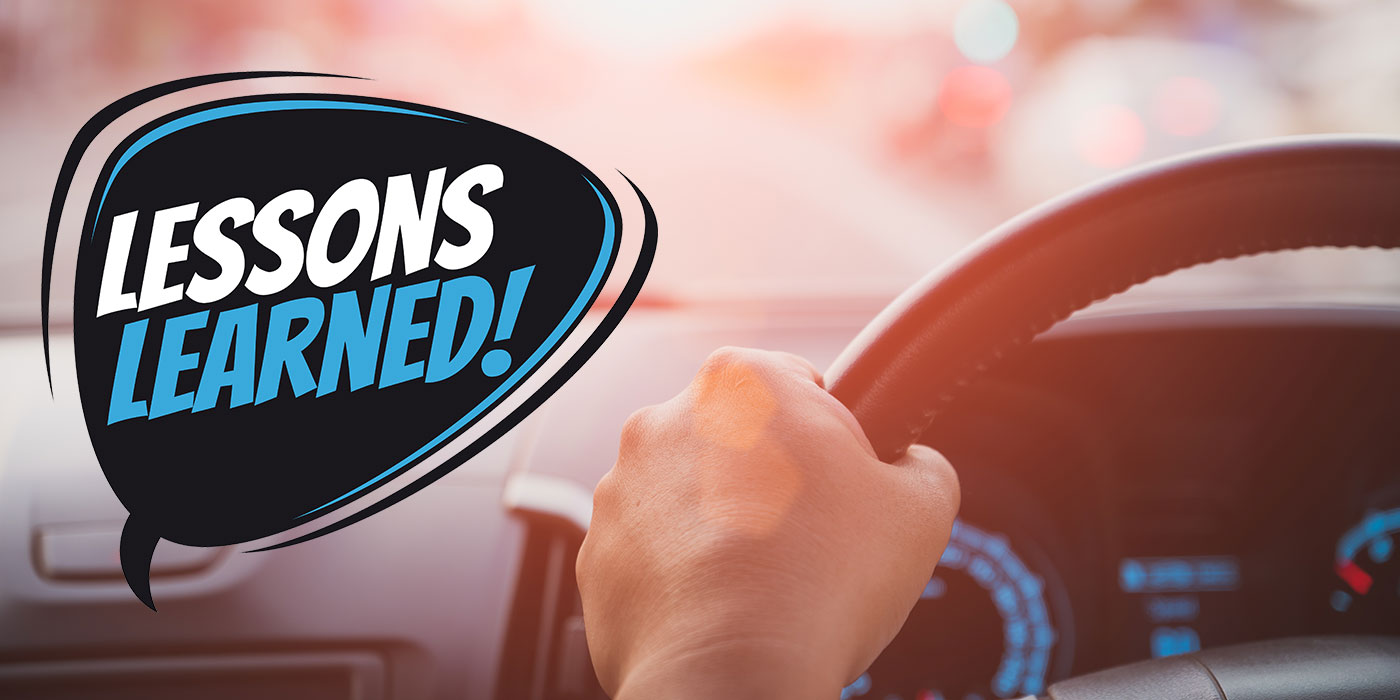The automotive industry has been undergoing a significant transformation in recent years with the growth of electric vehicles (EVs) as well as the increasing use of sensitive electronics in all modern vehicles. As a result, repair methods must evolve to keep up with changing technology. One relatively new method of collision repair that’s growing in popularity, relevance and value is glue pull repair (GPR).
What is GPR?
GPR is a method of repairing damage to a vehicle’s exterior panels while significantly reducing the amount of body filler and/or paint to finish. The process involves gluing specially designed tabs to the vehicle’s exterior and using a selection of various tools to remove damage. The goal is to decrease the damaged surface area with each pull, guiding the metal to flow back into its original shape. GPR holds an advantage over other collision repair techniques because it does not remove the paint from the vehicle, and it’s much less invasive. This method of damage correction also preserves the vehicle’s e-coatings and corrosion protection applied to the vehicle by the manufacturer, providing a much cleaner repair that will be more efficient and satisfactory to customers. Whether the job includes one large dent or an array of hail damage, GPR is an important tool for any technician in that it maximizes efficiency and reduces collateral damage to the vehicle during repair.
Electronics and Materials
GPR is now an essential method to utilize with the technological advancements in automotive construction materials and advanced driver-assistance system (ADAS) electronics. This applies to EVs as well, which tend to involve both aspects. Auto manufacturers are integrating more aluminum in construction for manufacturability and reduced weight. Sensors are more prevalent than ever before with the addition of ADAS. As with most newer vehicles, the majority of EVs also include aluminum construction for weight advantages and multiple sensors for driver safety. While aluminum can create a lighter vehicle and better driving experience, it can also create challenges for auto body professionals. Unlike steel, aluminum has no “metal memory,” or desire to return to its original shape. Due to elemental differences, a technician using stud welding will need separate sets of equipment to work with both types of metals. GPR, however, works on both steel and aluminum, eliminating the need for costly tools that are specific to one substrate. Using GPR will reduce a shop’s infrastructure.
One of the most significant benefits of GPR is its ability to remove dents without the need for traditional bodywork methods, such as stud welding. Electrical components and sensors located behind body panels make traditional bodywork methods more difficult, time-consuming and potentially damaging to a vehicle’s system. Additionally, invasive body repair methods require an EV to be powered down before work can begin, which is time-consuming and can create other challenges for technicians. With GPR, there is no need for drilling or welding, reducing the risk of damage to these sensitive — and often expensive — components. Instead, GPR allows damage to be addressed from the exterior of the panel. The GPR process decreases time, effort and liability while increasing shop efficiency.
The efficiency of GPR is important, as it can increase profit margins for body shops. By saving time during the repair process, technicians can service more customers. This promotes a steady flow of jobs coming into the shop, resulting in a healthier business. When utilizing GPR, it is also important to charge for consumables used while working on a vehicle, such as tabs and glue. Consumables used in GPR are no different than those of traditional methods and should be accounted for during estimates and final billing.
Summary
Rapidly gaining popularity among both consumers and professionals in the automotive industry, the use of GPR tools and skills are essential elements to keep body repair shops current to compete in today’s market. People will always rely heavily on their cars for work and everyday life, and downtime caused by repairs can be inconvenient and costly. GPR offers a faster, more efficient solution for a quality repair, allowing drivers to get back on the road as soon as possible.
Incorporating GPR into a shop’s operation is worth the investment to maximize overall profitability and efficiency. This method of collision repair can be a tremendous tool and sustaining skillset for any technician or shop owner who strives to use current methods while growing his or her business. Glue pulling is here, it’s essential for quality repairs, and it is the only choice for those who want to preserve as much vehicle integrity as possible while still producing massive results.



